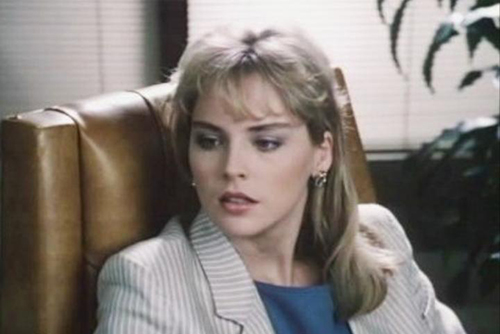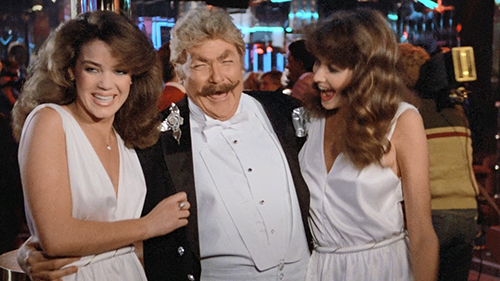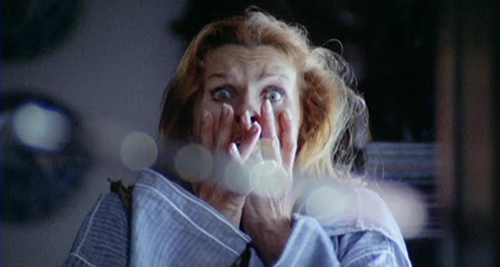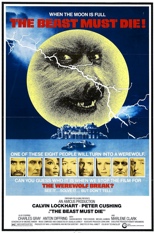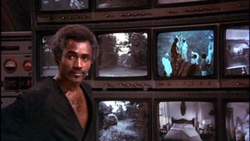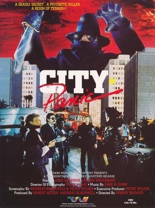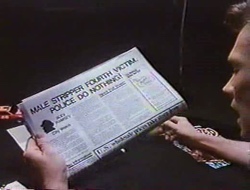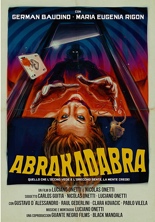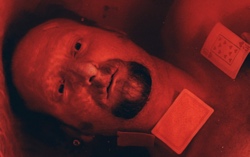
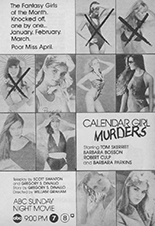 Remember when you could sexually harass female co-workers and openly read porno mags in the workplace without fear of punishment? Apparently it was the same time the Big Three networks churned out some decent genre movies made for prime-time household consumption — specifically, 1984, when Calendar Girl Murders debuted on ABC.
Remember when you could sexually harass female co-workers and openly read porno mags in the workplace without fear of punishment? Apparently it was the same time the Big Three networks churned out some decent genre movies made for prime-time household consumption — specifically, 1984, when Calendar Girl Murders debuted on ABC.
This telepic’s Hugh Hefner, Paradise magazine owner Richard Trainor (Robert Culp, then on the back half of The Greatest American Hero’s run), has a special way to spotlight the dozen lovely ladies posing nude for the coming year: a television special … hosted in part by that icon of testosterone, comedian Rip Taylor. Unfortunately for Trainor, someone else has a different special way to spotlight them: homicide! Miss January is shoved off a hotel balcony; Miss February (Claudia Christian, Half Past Dead) is stabbed while raiding the fridge.
Assigned to the case is midlife-crisis cop Lt. Stoner (Tom Skerritt, Alien), much to the chagrin of his “meh” wife (Barbara Bosson, The Last Starfighter) and the delight of his masturbating teen son (Jonathan Aluzas, Monster in the Closet).
A tip on a photographer who gives the girls the heebie-jeebies leads Stoner to interview former Paradise Angel of the Year Cassie Bascomb (Sharon Stone), and somehow, that creepy shutterbug is not the one played here by Alan Thicke. In a preview of the beautiful Stone’s Basic Instinct breakthrough to come in eight years’ time, Bascomb and Stoner embark in a YMCA-shower-steamy affair while bodies keep turning up. Somehow, one girl manages to be drowned in a busy pool at one of Trainor’s legendary parties. (Then again, with the night containing both an impromptu breakdance and Culp in a Speedo, that’s a shitload of diversion.)
So whodunit? Exactly whom you’ll expect. As predictable as that ending may be, the culprit’s motive is a truly histrionic howler of mid-’80s pop psychology. In the hypothetic hands of, say, Dario Argento, something titled Calendar Girl Murders could be something really special by being really sleazy; in the actual hands of TVM vet William A. Graham (Shark Kill), however, it’s hardly titillating. With Calendar Girl Murders being a Sunday-night movie, its centerfolds — er, calendar girls — sport the most demure one-piece swimsuits and leotards a Sunday-night movie could get away with immediately following an ep of Hardcastle and McCormick. —Rod Lott

